The Art of Healing supports a holistic approach to wellness with a focus on the individual, and provides solutions that assists readers to lead a more responsible, conscious, and mindful life. Our aim is to deliver reliable information on how to attain and sustain optimal wellness, using the most natural means possible incorporating the physical, mental, emotional, spiritual, social and environmental aspects of wellbeing.
contributors
The Art of Healing
editor’s note
Long Road Ahead in Minimising Opioid-Related Harm
Research Reveals Australia is One Big NIGGLE NATION
Medicine Hat Closes In on Functional Zero CHRONIC HOMELESSNESS
CLIMATE Changes Faster Than Animals Adapt
BLUEBERRIES Linked to Blood Pressure, Memory and Anti-Ageing Benefits
ART Provides a Window of Relief for Stressed Workers
DIETARY CHOLINE Associated with Reduced Risk of Dementia
LOWER BACK PAIN? Self-Administered Acupressure Could Help
SEA SNAIL Compound Reduces Cancer Risk
How to Beat Stereotypes by Seeing People as Individuals
Is YOGA Good For Any Body?
ABOUT YOGA THERAPY
healing profile
THE 3 RD WAVE RECREATIONAL DRUG EPIDEMIC • Fentanyl is one of a crop of new drugs called novel psychoactive substances (NPS). NPS are synthetic, and intended to mimic the effects of traditional drugs. They are made in laboratories and often sold over the Dark Web using Bitcoin in anonymous transactions where the drugs are delivered directly to the customer’s door. In the recreational drug setting, NPS are replacing traditional drugs like marijuana, cocaine, LSD, and ecstasy. In America they are also killing more people annually than any drug in history, as well as growing numbers in Canada, Europe, the U.K., Australia, and beyond. In this interview we talk to Ben Westhoff, author of Fentanyl, Inc., who spent four years investigating the use and production of fentanyl and other drugs.
PSYCHEDELICS • Recent research has shown that psychedelics, used in a therapeutic setting, in combination with psychotherapy, can reduce suicidality, ease end-of-life anxiety, and offer a road out of both depression and addiction - all with as few as one or two doses. This is in striking contrast to traditional pharmacotherapy, which usually requires daily dosing of a pharmaceutical medication such as an antidepressant or anxiolytic for extended periods. However despite the growing recognition of psychedelic medicines in science, their broader acceptance has been limited by cultural misconceptions. Awareness, education and better therapeutic solutions are required if we are to alleviate both the suffering of individuals and the burden of mental health disease on society.
MDMA
PSILOCYBIN • Psilocybin, the active ingredient in psychoactive mushrooms, has provided the spiritual and cultural bedrock of many great civilisations. The Aztecs referred to it as teonanácatl, which translates as ‘divine mushroom.’ Modern neuroscience has revealed how psilocybin interacts with serotonin receptors in the brain in order to produce a range of consciousness-altering effects.
BODY PAINTING • In January 2019 the first EQUATORIAL GUINEA BODY PAINTING FESTIVAL was launched and showed how a small seed born of PASSION, ended up becoming a MOVEMENT that INSPIRES people to discover their talents. In less than 2 months since its launch, the festival reached more than 60,000 people around the world. The second festival is being held in January 2020.
Functional Pathology in Australia
THE HARDEST THING
RECIPES
REVIEWS
on addiction
THE RAT PARK THEORY ON ADDICTION
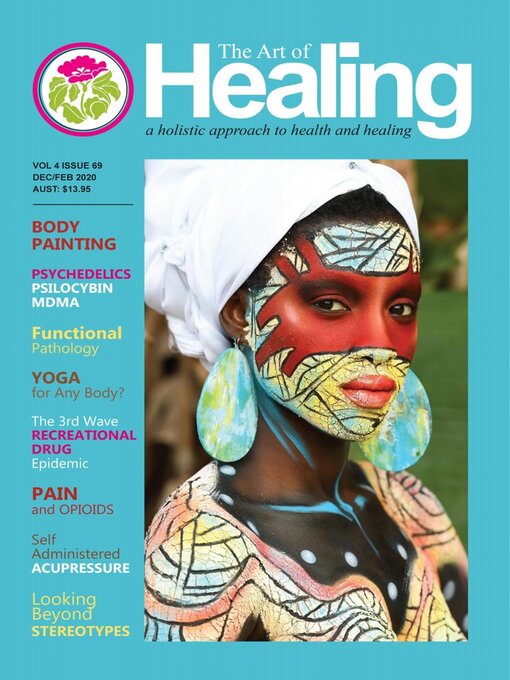
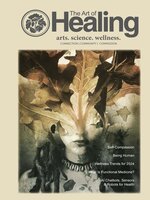 Vol 1 Issue 86
Vol 1 Issue 86
 Vol 4 Issue 85
Vol 4 Issue 85
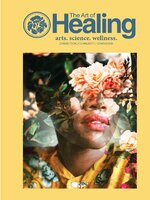 Vol 3 Issue 84
Vol 3 Issue 84
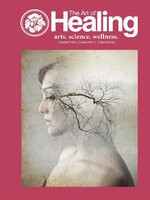 Vol 2 Issue 83
Vol 2 Issue 83
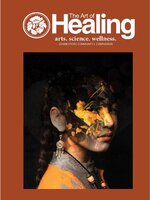 Vol 1 Issue 82
Vol 1 Issue 82
 Vol 4 Issue 81
Vol 4 Issue 81
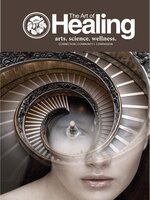 Vol 3 Issue 80
Vol 3 Issue 80
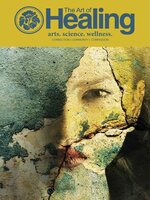 Vol 2 Issue 79
Vol 2 Issue 79
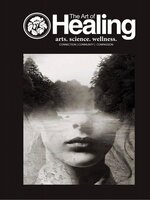 Vol 1 Issue 78
Vol 1 Issue 78
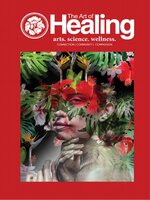 Vol 4 Issue 77
Vol 4 Issue 77
 Vol 3 Issue 76
Vol 3 Issue 76
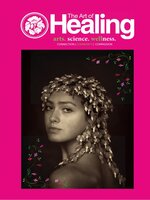 Vol 2 Issue 75
Vol 2 Issue 75
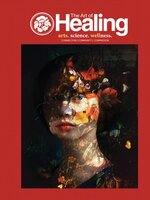 Vol 1 Issue 74
Vol 1 Issue 74
